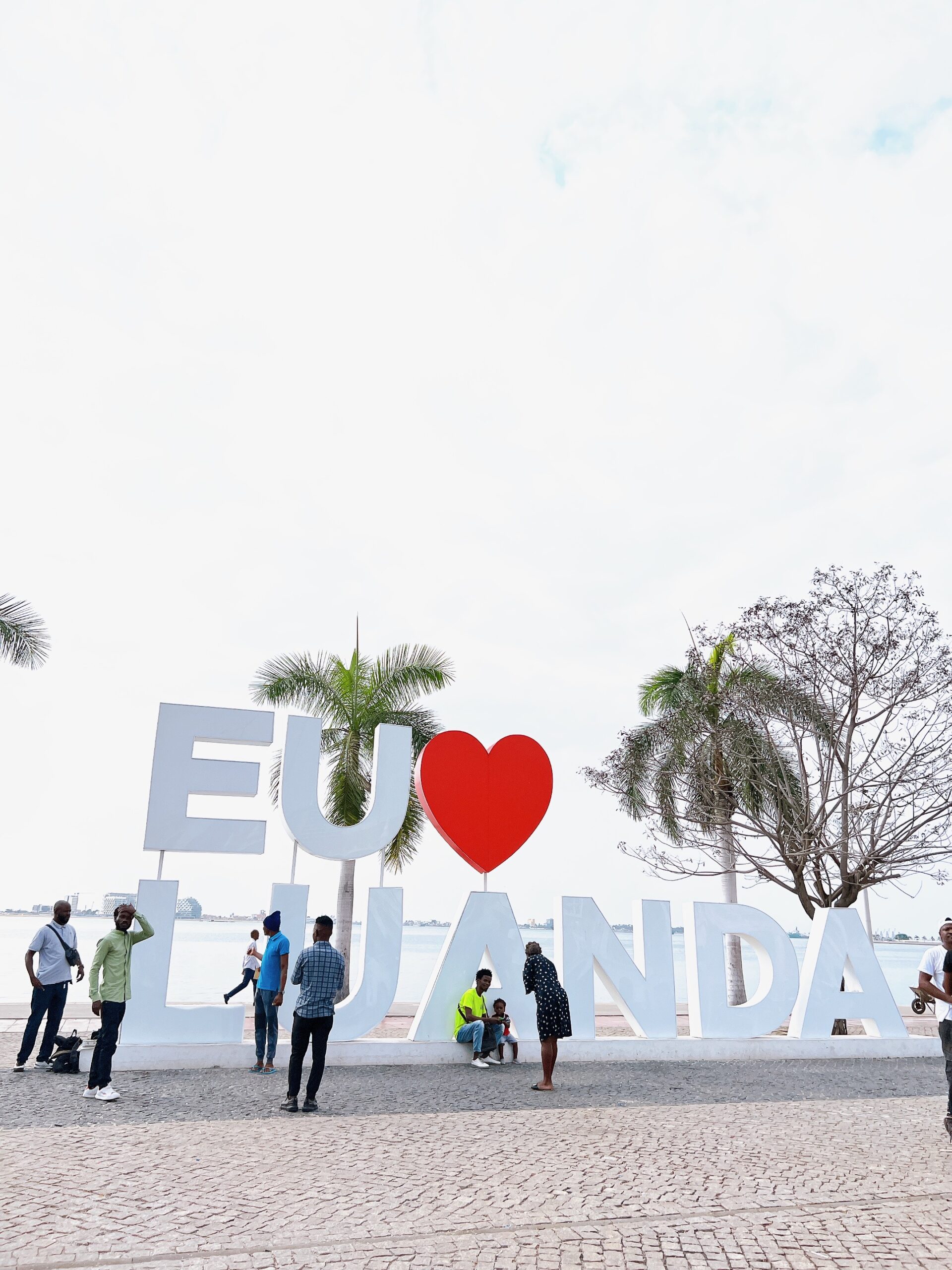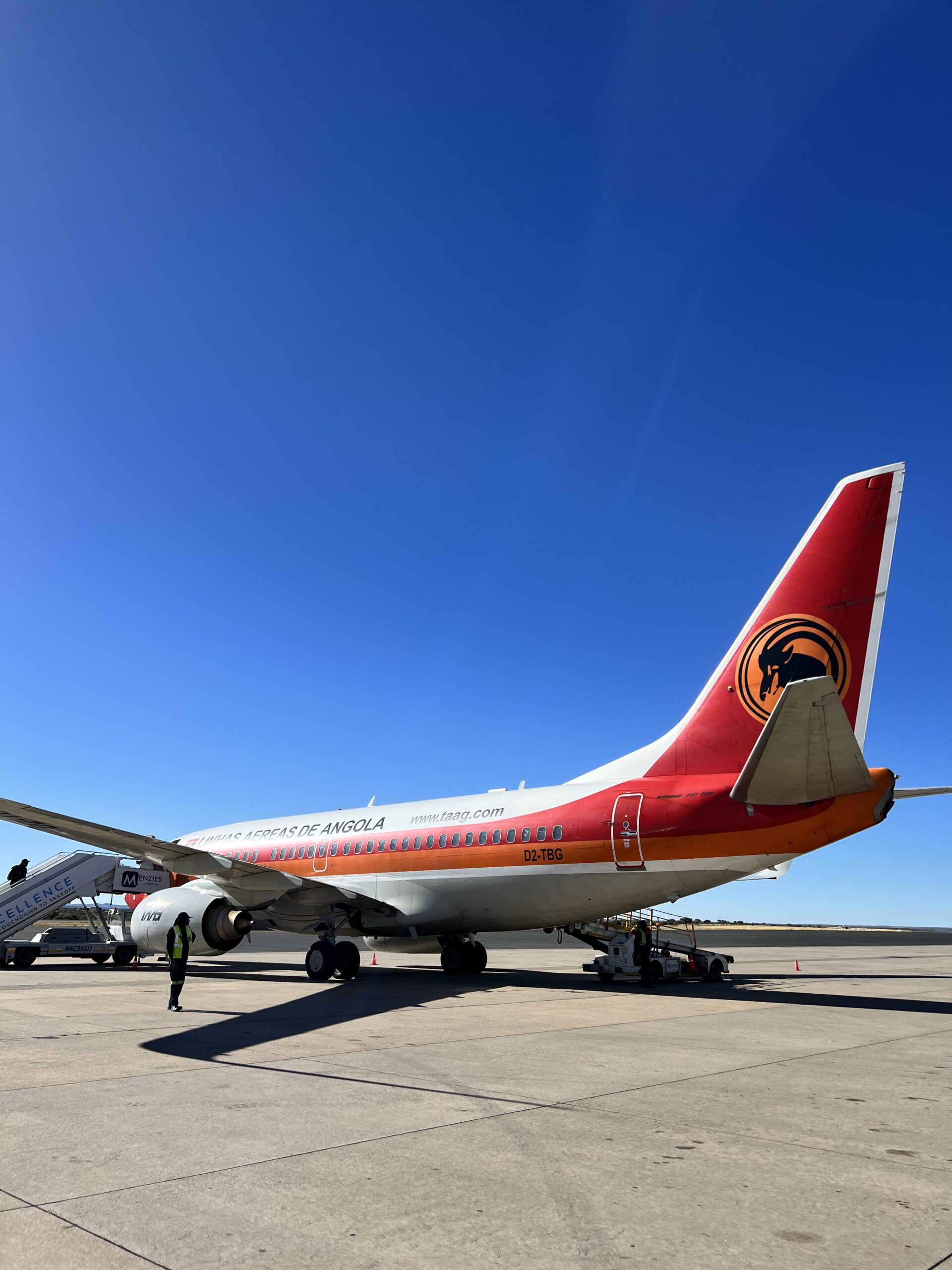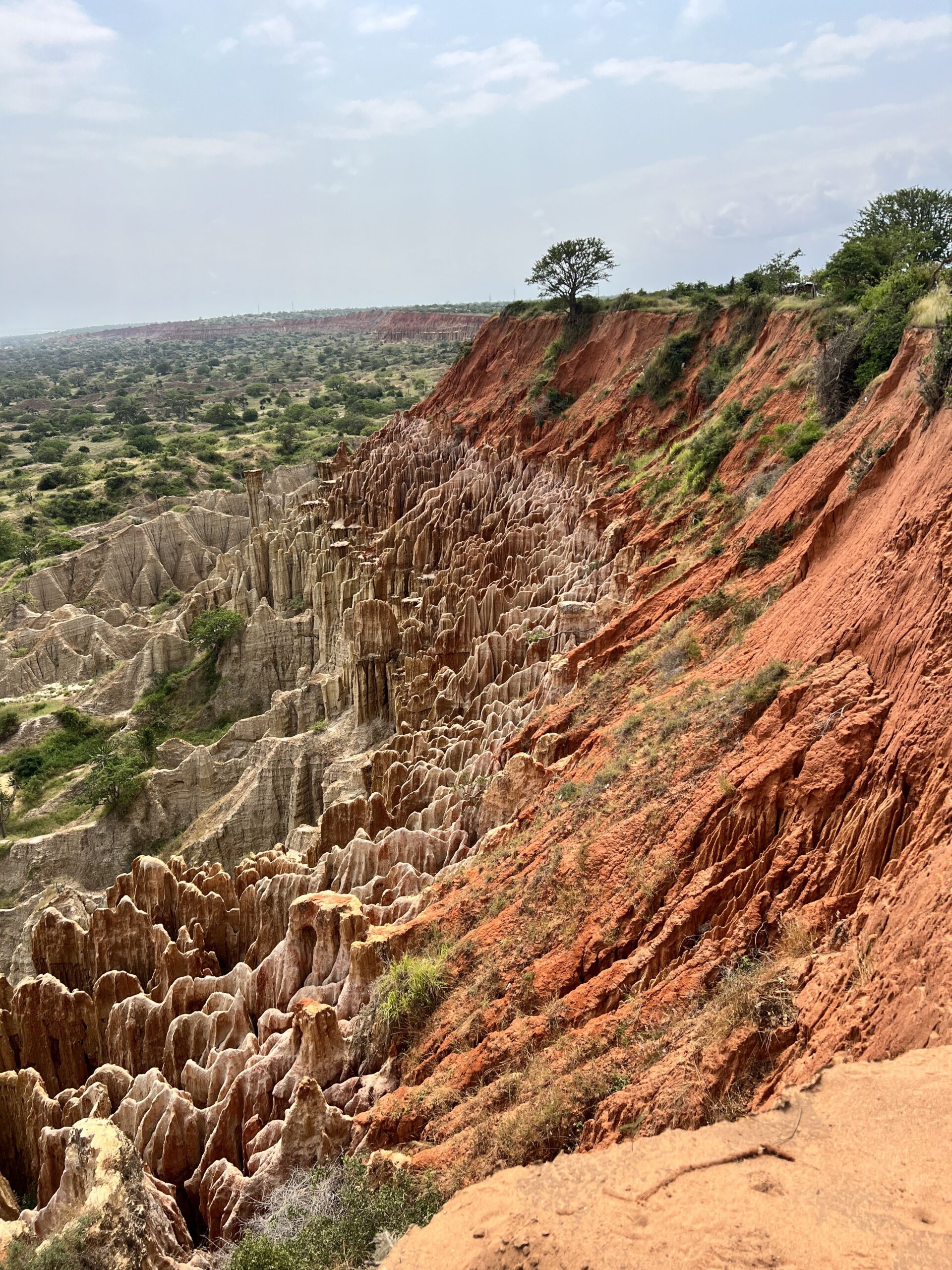
Angola is situated on the west coast of Southern Africa, bordered by Namibia to the south, Zambia to the east, the Democratic Republic of the Congo to the north, and the Atlantic Ocean to the west.
The official language of Angola is Portuguese, which was inherited from the colonial period when Angola was under Portuguese rule.
For most people, Angola is one of Africa’s last great travel mysteries. Despite its elemental landscapes and boom-bust oil-dependent economy, the country remains closed off to all but the most adventurous travellers thanks to stringent visa policies, high prices and a history that’s been more about war than peace. I am surprised that even Lonely Planet has not much information on visiting Angola, which intrigues me. Nowadays, entering the country is quite simple, you can apply for an e-visa which is available to most nationals. As for the Singapore passport, we are very lucky to have a free 30 day visa-on-arrival. I was worried that the immigration official would hold me back or question me, but surprisingly they only checked that I had a yellow fever certificate and then stamped me into the country. I was so elated to be inside my 101th country!
From Windhoek, capital of Namibia, I took a flight to Luanda, which is about 3 hours away (you can read more about it here).
- Modern Skyline: Luanda has a modern skyline, with tall buildings and contemporary architecture. The city has experienced significant development in recent years, with new construction projects and infrastructure improvements.
- Colonial Influence: Luanda reflects its colonial past with some well-preserved historical buildings and architectural styles. The city center features colonial-era structures, such as Fortaleza de São Miguel, São Paulo Church, and the Presidential Palace.
- Expect to spend. Luanda is one of the most expensive cities in the world for expats. Angola’s civil war ended in 2002: it still lacks basic infrastructure and most goods are imported. (A pound of tomatoes can cost $16.)

Luanda was founded in 1575 under the name São Paulo de Loanda by a hundred families of settlers and four hundred soldiers. Two forts were constructed in the early 17th century and the city became Portuguese Angola’s administrative center in 1627. From the late 16th century until 1836, Luanda was port where nearly all slaves bound for Brazil left. Luanda was growing much like many other colonial cities, albeit with a strong Brazilian influence as a result of the extensive shipping trade between these Portuguese colonies. With the independence of Brazil in 1822 and the end of slavery in 1836 left Luanda’s future looking bleak, but the opening of the city’s port to foreign ships in 1844 led the a great economic boom.

By 1850, the city was arguably the most developed and one of the greatest cities in the Portuguese empire outside Portugal itself and fuelled by trade in palm and peanut oil, wax, copal, timber, ivory, cotton, coffee, and cocoa. Numerous imported crops grew well in the surrounding area to support residents, such as maize, tobacco, and cassava. In 1889, an aqueduct opened, supplying fresh water and removing the only inhibitor to growth in the city. The city blossomed even during the Portuguese Colonial War (1961-74), which did not affect the city, and this modern city was even labeled the “Paris of Africa” in 1972. Today the port still plays an important role in the country’s development and you can stroll along the corniche.

Fortaleza de São Miguel. Built in 1576, it became the administrative center of Luanda during the early part of colonial rule and was a self-contained city for the early military garrison and an important holding place for slaves. It contains ornate wall tiles detailing the history of the city along with many relics, such as cannons and the original holding cells for slaves.


Next to the main face of the Fortress of São Miguel de Luanda, a large square opens up, where various means used in the Colonial War (1961-1974) are exposed.
In addition to artillery pieces and military vehicles of various origins used in the civil war by the forces of the various political parties and the Republic of South Africa.


The fortress of São Miguel de Luanda is worth visiting, not only for its interior, history and various artefacts, but also for the incredible panoramic view it provides over the Bay of Luanda.

With periodic and permanent exhibitions of very well preserved objects and monuments, both in the courtyard and in the various exhibition halls, and the impeccable narration of history carried out by properly trained professionals. It was an insightful visit to the fortress to learn more about Angola’s bloody history. The exhibits are in Portuguese and English, but the latter is quite lacking in description.



The money museum of Angola. Very friendly staff. Nice collection of coins and banknotes covering all periods of Angola bank history, colonial and post-colonial periods. Free entry and located in a nice area of Luanda city. However, I saw a child defecating just outside the carpark leading to this area and it was quite disgusting.
Beaches and Coastline: Luanda is known for its beautiful coastline and beaches. Ilha do Cabo, located just off the coast, is a popular destination for residents and tourists alike. The island offers sandy beaches, beachside restaurants, and water sports activities.

Luanda Island is a leisure place that receives countless daily visits, due to its beauty, exotic beaches, high-end hotels and restaurants that serve the best seafood available in the Atlantic Ocean. I walked all the way to the end of the island, just to take a picture of the lighthouse. There were many local stalls along the way, selling food and ice, cold drinks. Since I was feeling hungry, I ordered a burger and it was freshly made on the spot. To end off the day, I also caught the sunset by the beach and it was one of the most gorgeous ever.

The Ilha do Cabo—a large sandspit off Luanda’s shore—has most of the fancy restaurants, but there is cheap and good food in Luanda’s central neighborhoods. There are fishermen who go out to sea to fish, and then they would sell their catch of the day on the beach. However, the fishermen are facing some hardships in recent times. In addition to the reduction of fish, fishermen on the Ilha do Cabo are faced with new threats to their way of life, such as facing assaults on the high seas carried out by armed men.

Go a bit south of Luanda and you will find the outstanding Parque Nacional da Kissama (also spelled Quiçama in Portuguese), home to elephants, antelope, exotic birdlife, ostriches, zebras, wildebeest, and giraffes, which are still thriving in great numbers but because tourism is just beginning to start in Angola, it still has a bit of a wild side to it. It is also very beautiful with spectacular views.

However, the price of a tour for one person was quite steep, so I did not visit the park in the end. Anyway I have been to Kruger National Park (South Africa) and will be headed to Etosha in Namibia, so I did not feel the need to visit this national park. Based on TripAdvisor reviews, this park is poorly maintained and sometimes you do not even get to see animals at all.
These are some of the places worth checking out during your visit in Luanda. What are some other places that you have been to?


